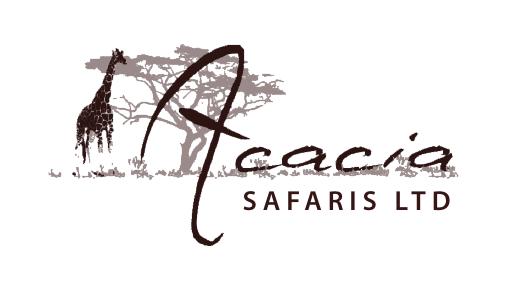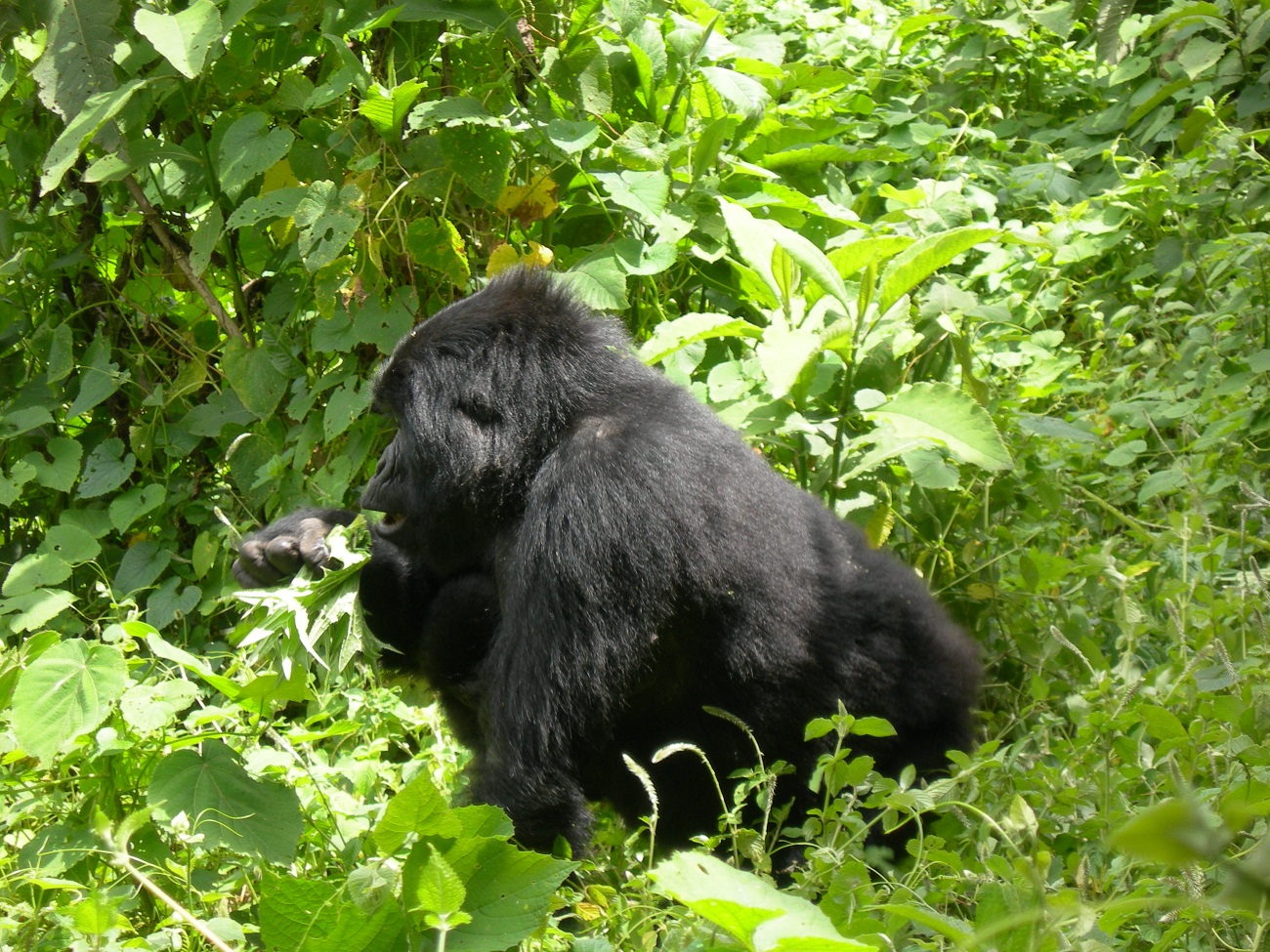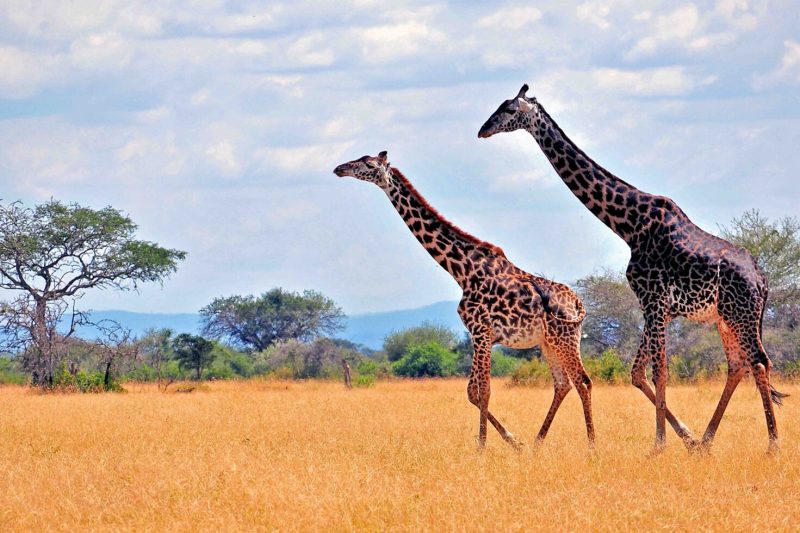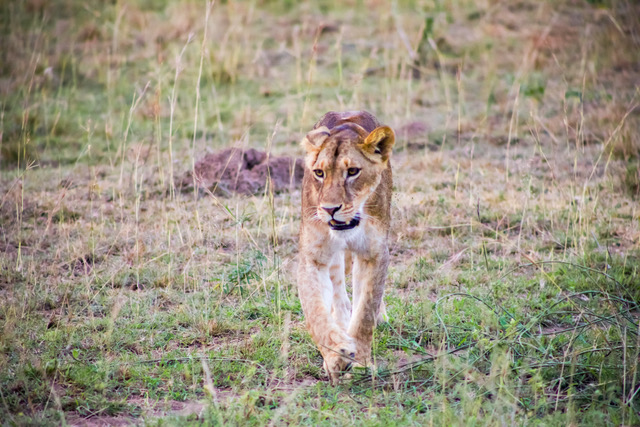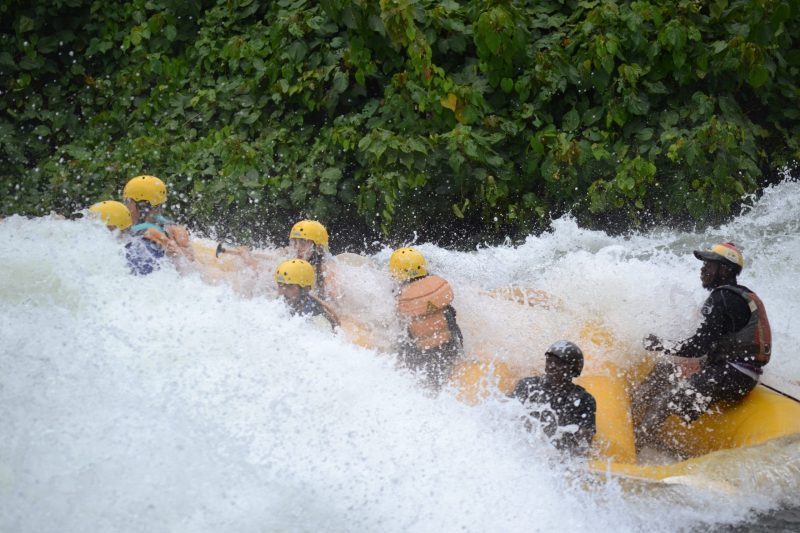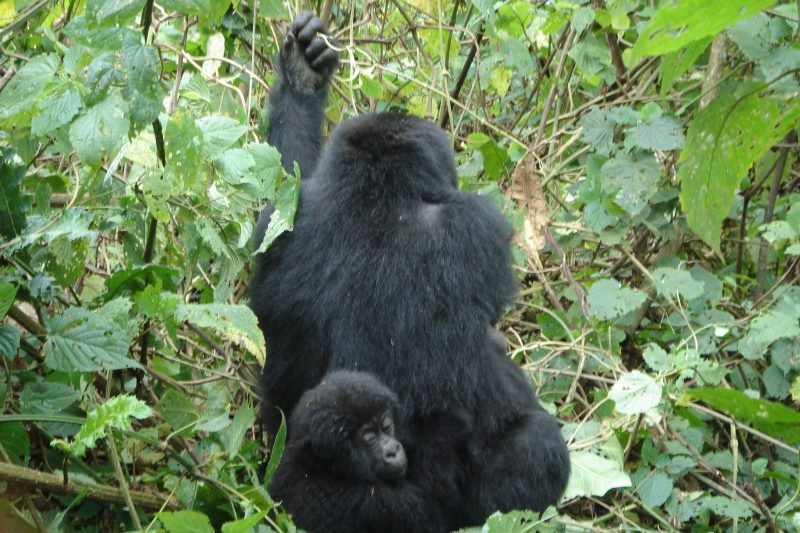When is the Best Time to Visit Africa for a Tour?
An unforgettable bucket list trip is a Tour to Africa, which is the ultimate adventure. You will get a close-up look at some of the most stunning animals in their natural habitat as you travel through vast, ever-changing landscapes on this journey. As soon as you start to imagine the amazing journey, you probably want to pack your bags. However, a little advance planning can make your trip even more magical.
When is Africa Tour Most Enjoyable?
During the dry season, between June and October is the best time to go on Africa Tour. Since it is cooler this time of year, animals that are looking for water are more likely to be around. You can also catch the famous Maasai Mara migration during these months. A breakdown of some of the best places to go, when to go, and the best trips for you is provided below.
Tour in January and February in Tanzania
The Great Migration of wildebeests from the Serengeti in Tanzania to the Maasai Mara in Kenya is, to put it mildly, awe-inspiring. You can observe various aspects of it at various times because its precise timing is dependent on annual rainfall patterns: the mass birth of calves in the southern Serengeti between January and March, and river crossings between July and August.
Visitors on Tour to Africa will have the opportunity to spot lions, Africa’s most famous predator, in addition to wildebeests. Lion pride will follow the herds in search of the best hunting opportunities. Additionally, hyenas, cheetahs, and wild dogs make an appearance as they attempt to eliminate weak members of the herd. You might even catch a glimpse of a zebra or wildebeest giving birth if you’re lucky.
Advice from Stephen, Acacia Safaris Product Manager:
Be open-minded! Many tourists have this erroneous expectation of witnessing river crossings where tens of thousands of wildebeest and occasionally a crocodile fight it out in the ultimate National Geographic scene! Every year is unique because migration is a natural phenomenon. Nevertheless, it is magical!
July and August in Rwanda are right in the middle of the dry season, which lasts from June to September. Because of the clear skies and sunny conditions, gorilla trekking adventures are very popular during these two months. The gorillas are found in Rwanda’s rainforests, mostly within Volcanoes National Park’s boundaries. Chimpanzees and colobus monkeys can also be seen living among the trees here. Keep in mind that you can’t completely avoid rain because the gorilla habitat is by default very wet. However, the skies frequently open up to bright sunshine following heavy rain.
The permits have a fixed price throughout the year, but they were recently increased from $750 to $1500 immediately. Fortunately, Intrepid has pre-purchased permits for our group trips, allowing us to maintain our 2017 prices. Therefore, when is the best time to travel? Now, before it becomes too costly!
When to Tour in Kenya?
Kenya is an ideal Tour destination thanks to its more than 40 national parks and reserves. This nation attracts tourists throughout the year, but certain advantages exist in September and October. The dry season begins in these months, and the weather is also cooler. You can also catch the famous Maasai Mara migration during these months (guide here). Lions, among other larger predators, will be attracted to these animals’ mass movement.
Uganda Let’s face it: who doesn’t want to trek among the mountain gorillas in Uganda?
- If you do, Bwindi Impenetrable National Park, where nearly half of the world’s mountain gorillas live, is probably worth a visit.
- When the skies are clear, there is less rain, and there is more sunshine, the best time to travel is typically from June to September.
- However, traveling during the off-season in November is a fantastic opportunity to take advantage of low prices, including permits that are nearly half the price.
- In contrast to Rwanda’s annual flat-price permits, Uganda’s are seasonal.)
- This low season also occurs in March and April, and the rewards are substantial.
Why? “Without the crowds, you could find yourself trekking the gorillas with as little as two or three other people,” as Jenny, Acacia Africa Product Manager, puts it. “It’s unlikely to rain all day,” she adds. You’ll experience occasional light rain or a downpour every day, but there are also many sunny days.
This incredible 21-day tour to Africa lets you see more of Uganda and the rainforest there. Or, if you’re short on time, check out this Uganda short trip of four days with gorillas.
A word about the rainy season—do not ignore it!
The “green season,” also known as the “low season” in Africa, is characterized by frequent rains. Travelers who are willing to put up with a little rain and a little more difficulty spotting animals will enjoy this option. The dense vegetation and high grass make it harder to spot wildlife, and there is plenty of water, so you won’t see many animals congregating around waterholes.
Incredible, lush green landscapes are what you do get on a tour to Africa. You will see a lot of newborns because the majority of animals give birth at the beginning of the rainy season. With flowers in bloom and numerous migratory birds returning from Asia or Europe, it is also a birder’s paradise. Although the Serengeti and Maasai Mara are home to the largest annual migration in the world.

